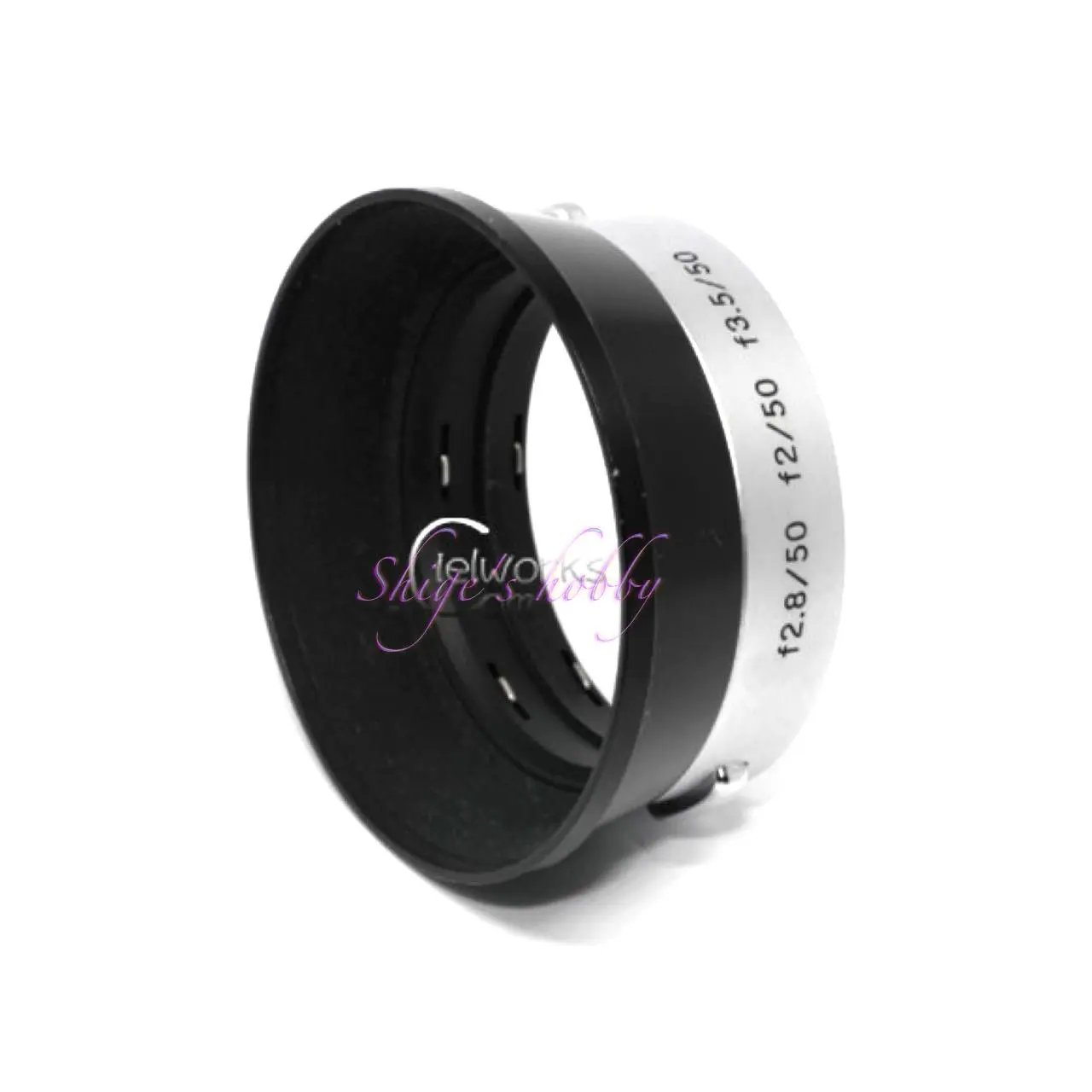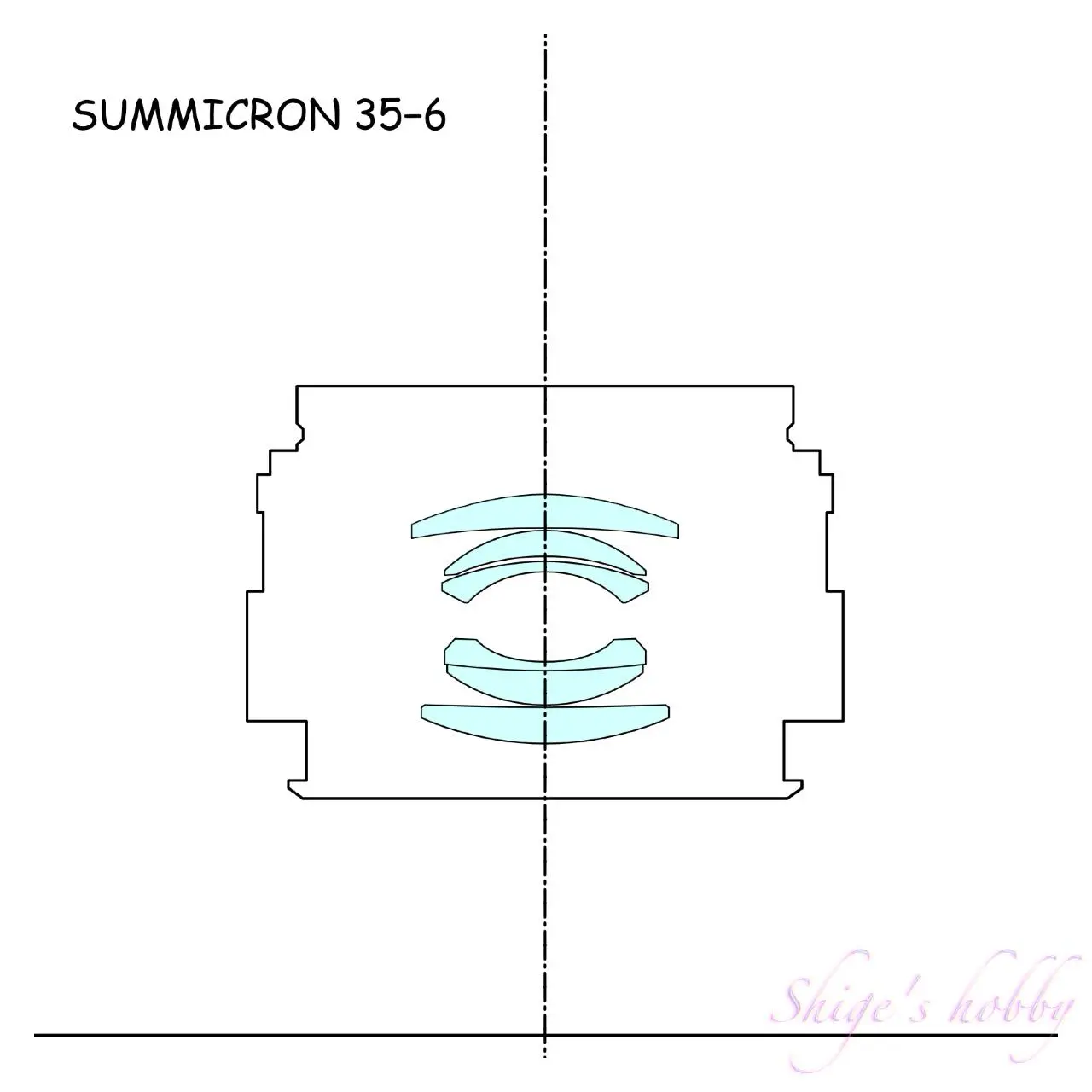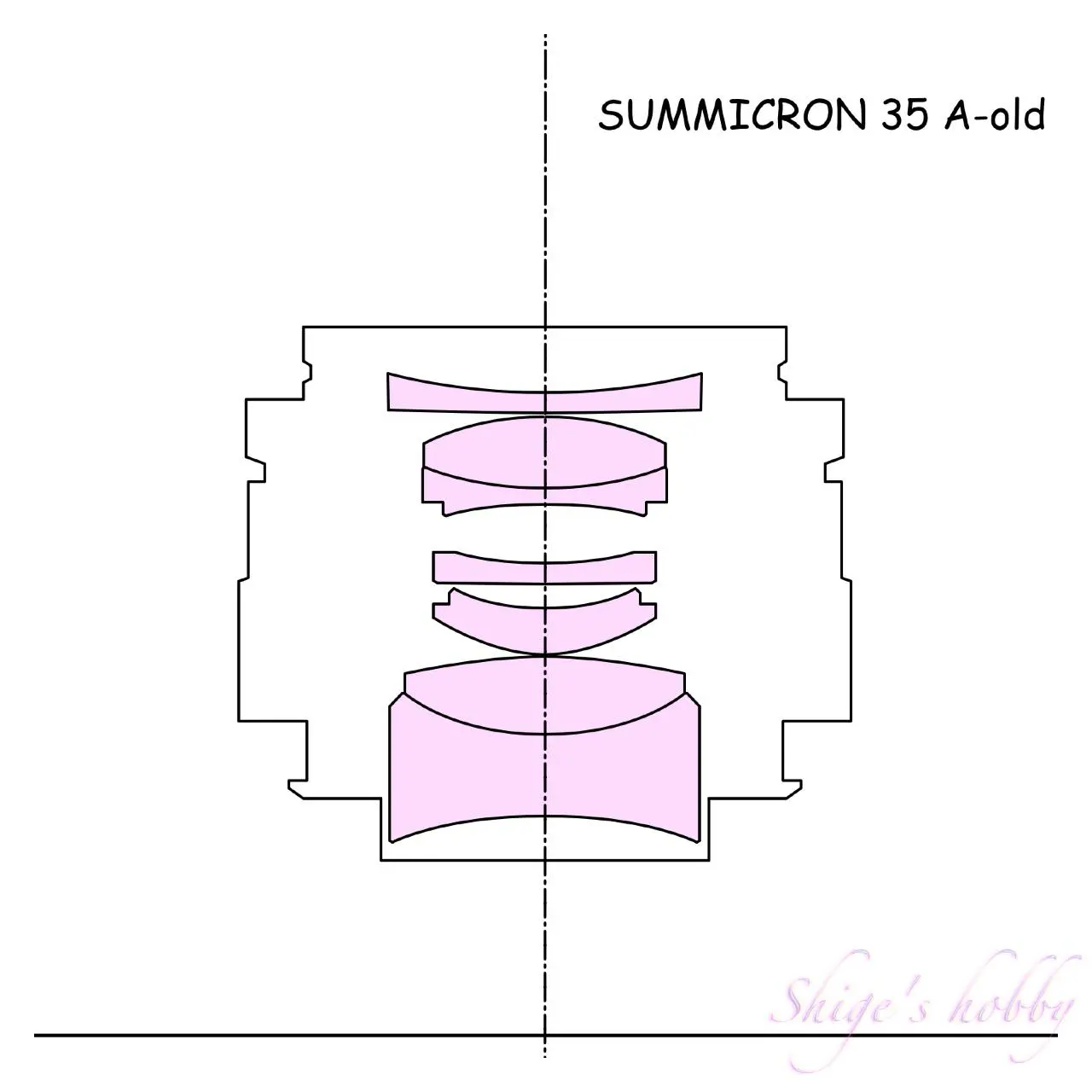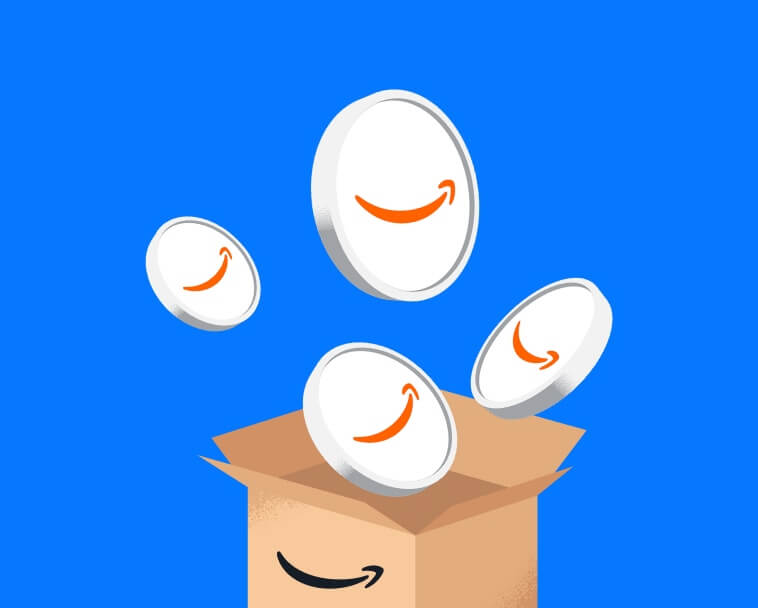Last updated on 2025-09-06
A review and sample photos of the Leica Summicron-M 35mm f/2 6-element late model lens used with the LEICA M-P typ240, LEICA M9, and LEICA M8.2.
- Please see the disclaimer regarding advertising here.
- Italicized links in the text are advertisement links that take you to other sites.
Table of contents

Gallery
The following cameras were used to take the sample photos:
- LEICA M typ240
- LEICA M9
- LEICA M8.2
Review
1.Overview
The Summicron-M 35mm late 6-element lens is a wide-angle Summicron for the Leica M mount.
The lens we are introducing is a late 6-element lens, of which 15,620 were produced between 1971 and 1979. These figures are taken from the LEICA Wiki.
The late 6-element lens has an older lens mount bracket structure, so it does not support modifications that add a 6-bit code for lens recognition.
The lens I owned was made by Leica Canada, had serial number 266xxxx, and was manufactured in 1973.
About the 6-element lens
The M-type Summicron, which is called a 6-element lens, is often called the 2nd generation, depending on how you count them, and is further divided into early and late models based on the differences in the lens barrel and lens configuration. Some places call the early model the 2nd generation and the late model the 3rd generation, so here we call them all 6-element lenses.
The differences between the early and late models are the lens configuration and the corners that are added to assist in rotating the aperture ring.
The differences in lens configuration are explained in detail in “Leitz-Summicron-M 35mm F2 – 6-element and 7-element lenses shed light on historical issues” on the New old Camera (Italy) website in the reference link.
According to this explanation, the later 6-element lens is called 6 elements in 5 groups because of the bonding surface between the second and third elements. It is stated that this improvement has clearly improved performance compared to the older lenses. The diagram in the reference link seems to be taken from a Leica repair manual, so it is reliable.
This article also states that in the case of seven-element lenses, newer German-made lenses with larger serial numbers have had their lens structural components replaced with metal, and that lenses that used resin for their internal structure have been improved midway through.
I had been hesitant to buy seven-element lenses after reading an online article by a repair shop that stated that resin was used for the internal parts, but I learned that after 20 years of manufacturing seven-element lenses, any technical defects have been properly corrected.
2.Usability
The later Summicron-M 35mm 6-element model has a simple, flat appearance apart from a protrusion on the focus lever, and is just the right size to match M-series Leica cameras, making it a good match for the chunky-looking early digital Leica M-series cameras.
I have used two of these lenses in the past, and the first one I used, which was in relatively good condition, produced solid, flawless images from wide open aperture, while the second, perhaps due to some cloudiness, produced soft, emotional images in certain lighting conditions.
The aperture rings on both lenses moved smoothly and did not turn on their own in my bag. The focus rings on both lenses felt a little light, but this did not cause any problems in practical use.
The LEICA M9 and LEICA M-P typ240, which are equipped with 35mm full-frame sensors, can be used in much the same way as film Leicas. When used with the LEICA M8.2, which has an APS-H size sensor, the focal length is 35mm x 1.33 = 46.55mm, which is almost the same as a 50mm standard lens. Since the LEICA M8.2 has a 35mm marking on the viewfinder frame, you can shoot without any problems by following the markings on the frame.
The official compatible hood is called IROOA and is popular for its unique trumpet-shaped appearance, and many compatible hoods are available.
The hoods in the photo below are a safari-color compatible hood sold by Mapcamera on the left, and a compatible hood from an unknown manufacturer on the right. Both hoods have double hooks and can be attached in reverse.
The 6-element hood cannot be attached in reverse because the focus lever interferes with the hood when it is retracted.
The ROOM hood is an IROOA compatible hood made by UN, a company that releases many classic camera compatible products, and recently IROOA compatible hoods made in China have also been seen. The original Leica hoods are quite expensive if they are in good condition and second-hand.


3.Summary
In conclusion, to sum up the later 6-element Summicron-M 35mm, the evaluation will change depending on the condition of the lens.
Because it is an old lens, it is very rare to find one that has been maintained in its original condition, so whether you like it when you try it out will play a large role in deciding to buy it.
When purchasing online, you will be purchasing it with the assumption that it will be overhauled, but even if it is overhauled, it will not return to its original condition, so it is difficult to judge.
Specification and Competitor
The M-Summicron has released a variety of unique lenses, including the legendary 8-element, modern 7-element, aspherical, and APO, but this lens, commonly known as the 6-element lens, is a modest lens with a weak presence among the M-Summicron 35mm.
Here, we compare the later 6-element model with the older aspherical model.
Looking at the lens construction, you get the sense that there is a gap of about 20 years between the two lenses.
In terms of absolute performance, the aspherical lens of current lenses is undoubtedly advantageous, but 6-element lenses have a history of surviving until 2025, so it is a good idea to enjoy the individuality of the lens you have at hand while shooting.
- The lens construction diagram is quoted from official Leica materials and materials on the web, and the size has been adjusted by tracing it, so it is not exact.


| Items | SUMMICRON 6 Late | SUMMICRON 7 | SUMMICRON ASPH-old |
| Focal length(mm) | 35(mm) | 35(mm) | 35(mm) |
| Max aperture | 2 | 2 | 2 |
| Min aperture | 16 | 16 | 16 |
| Lens Construction | 10 | 10 | 8 |
| Aperture blade | 6 elements in 5 groups | 7 elements in 5 groups | 7 elements in 5 groups |
| Min distance(m) | 0.7 | 0.7 | 0.7 |
| Lens length(mm) | 30 | 26 | 34.5 |
| Max diameter(mm) | 51 | 52 | 53 |
| Filter Size(mm) | E39 | E39 | E39 |
| Lens hood | IROOA | Lens hood 12524/12526 | Lens hood 12524/12526 |
| Lens mount | M | M | M |
| Weight(g) | 179 所有個体の実測値 | 160 | 225(黒) 340(銀) |
| Release date | 1972〜1977 | 1979〜1999 | 1996〜 |
| Production numbers | 15,620 | 52,993 | – |
Reference links
- Leica Wiki 「Summicron-M 2/35-III」
- Leica Wiki 「Summicron-M 2/35-II」
- “Leitz-Summicron-M 35mm F2 – 6-element and 7-element lenses shed light on historical issues”・New old Camera(Italy)
- Lens hood 12524 / 12526・article by LEICA Forum(English)
- LEICA M-P typ240・Shige’s hobby
- LEICA M9・Shige’s hobby
- LEICA M8.2・Shige’s hobby
Affiliate links

Amazon Prime Sale
Update history
- 2025.4.28
- 2024.12.10
- 2024.03.01:Update article
- 2022.01.08:First draft


Be First to Comment